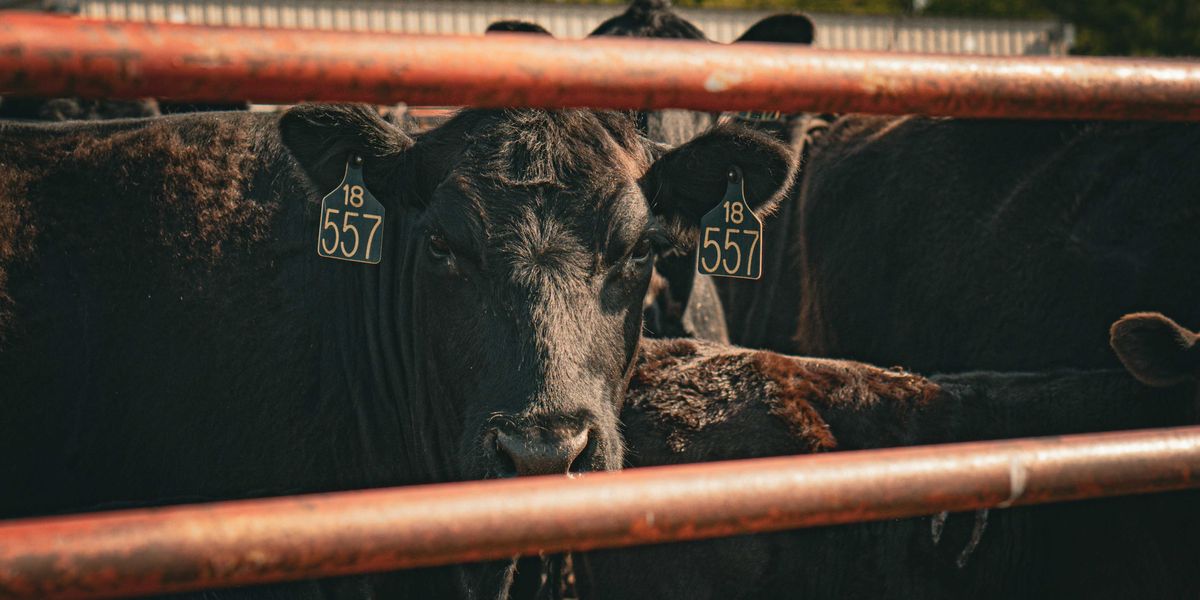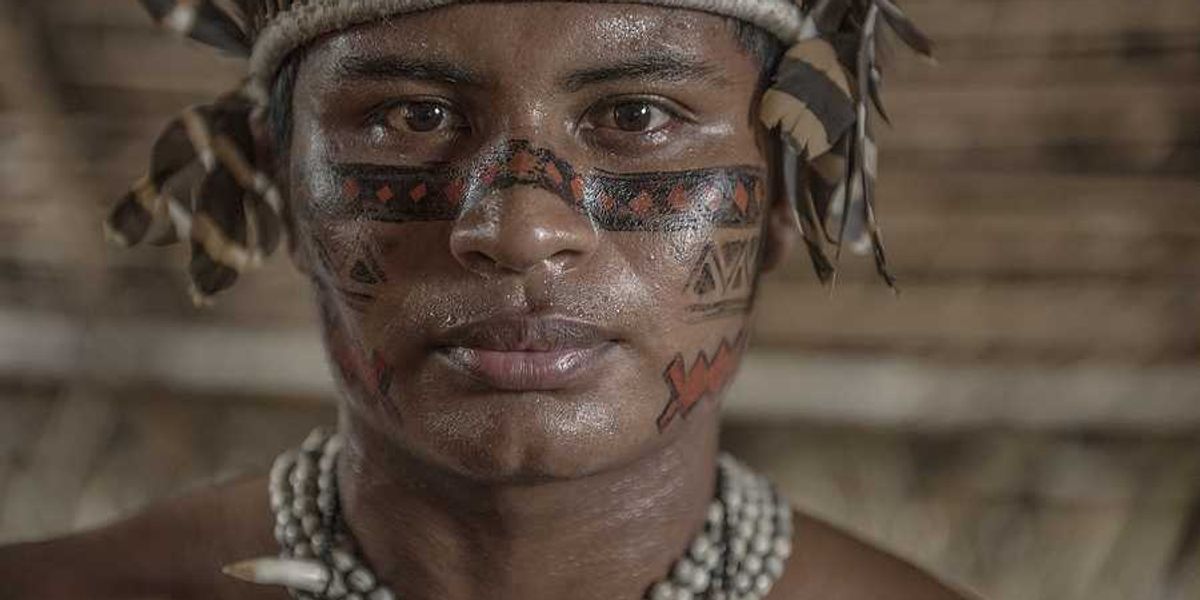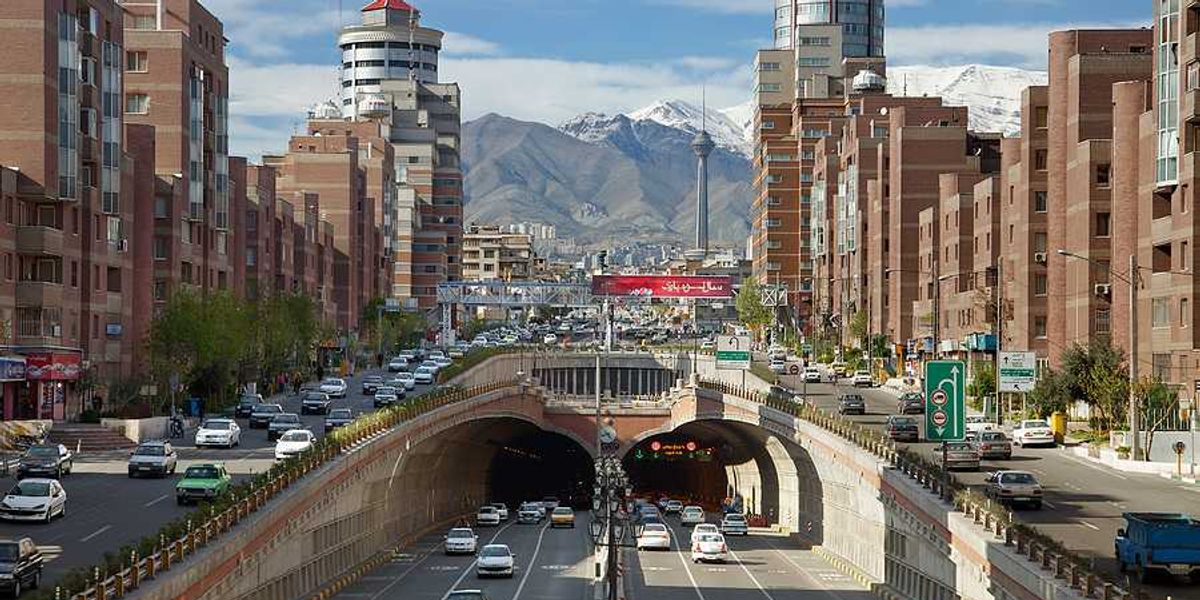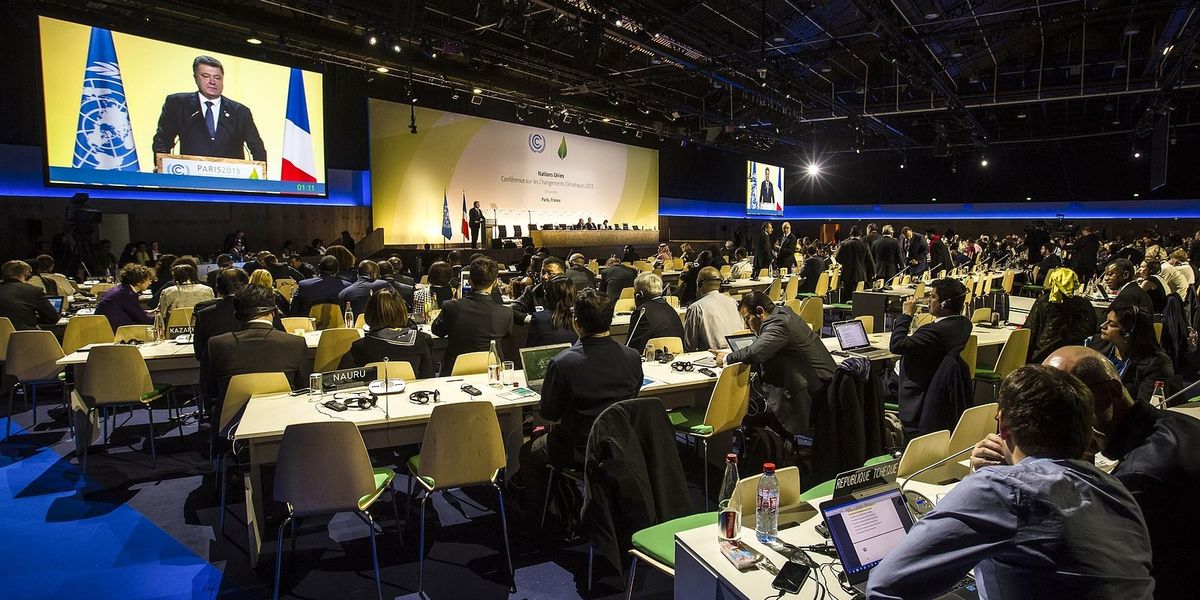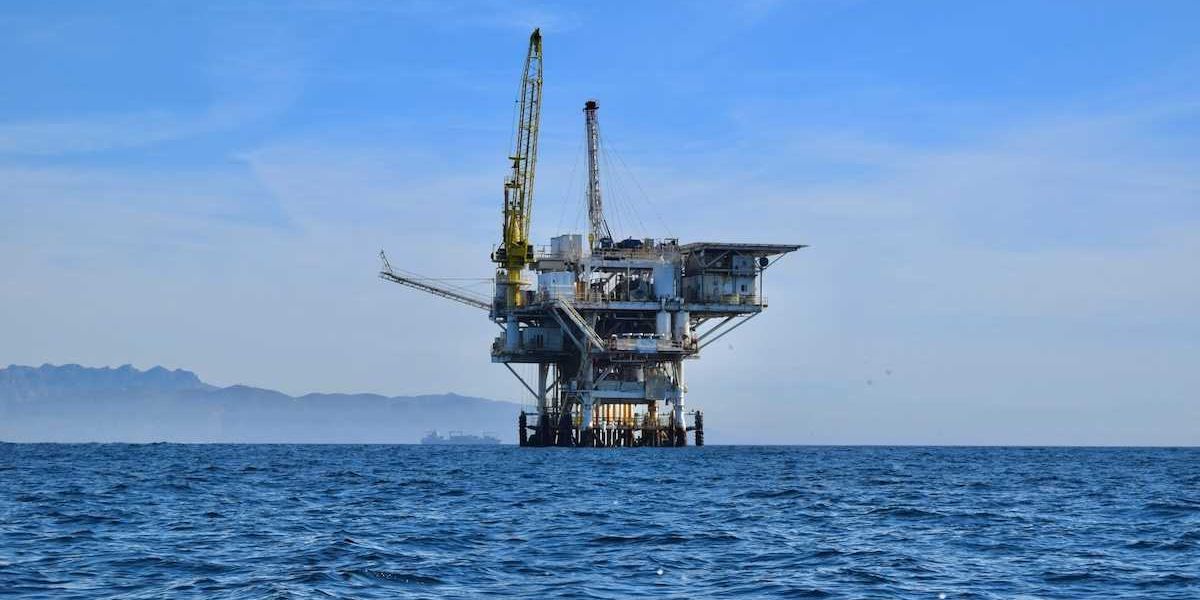Nuclear energy’s clean image leaves out the radioactive baggage
Nuclear energy is making a global comeback as a supposed climate fix, but Indigenous communities say its toxic past and present make it far from clean.
Yessenia Funes reports for Atmos.
In short:
- Thirty-one countries, including the U.S., have pledged to triple nuclear energy by 2050, touting it as a zero-emissions alternative to fossil fuels amid rising electricity demands from AI and tech industries.
- Critics argue the “clean” label ignores uranium’s dirty journey — from mines on Indigenous lands to radioactive waste that lasts tens of thousands of years — leaving cancer clusters and poisoned water in its wake.
- Activists like Jesse Deer In Water and Leona Morgan, who’ve lived near nuclear sites, are calling for reparations, ethical oversight, and Indigenous representation in nuclear energy decisions.
Key quote:
“All along this journey of uranium for nuclear power and for nuclear bombs, they leave behind these poisoned communities. The moral debt that the United States owes to Indigenous people is ridiculous. It’ll probably never be met.”
— Jesse Deer In Water, Indigenous anti-nuclear activist
Why this matters:
Nuclear power is strutting back onto the global stage, dressed in a green halo and marketed as the solution to our overheating planet. Activists like Jesse Deer In Water and Leona Morgan aren’t buying the green rebrand. They’ve seen how nuclear waste lingers for generations and how policy decisions are made without including those most affected. If we’re going to call nuclear power clean, they argue, we’d better reckon with its full cost — and start listening to the communities who’ve been carrying that radioactive baggage all along.
Read more:

